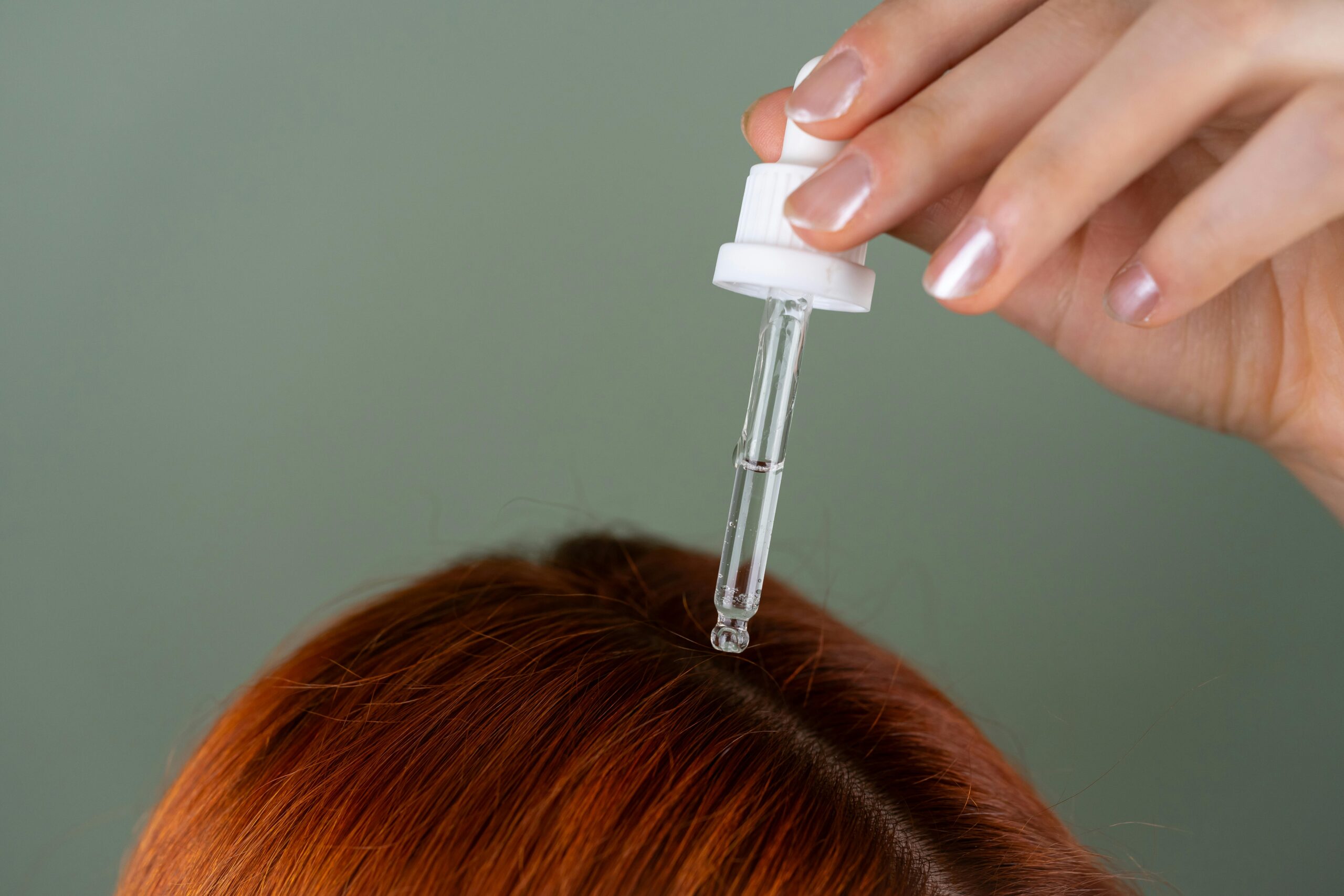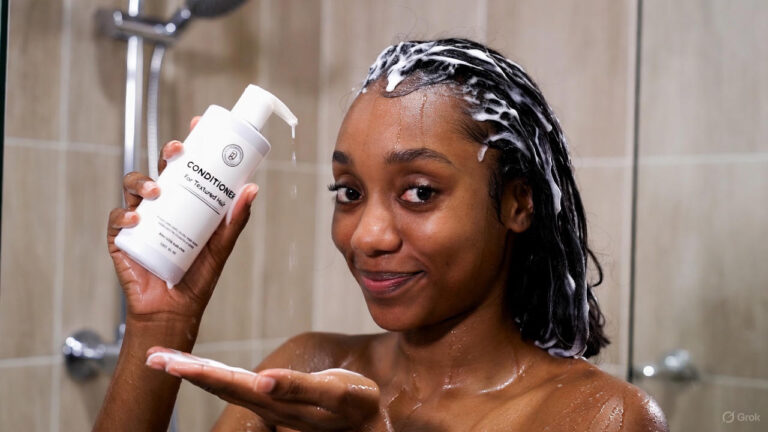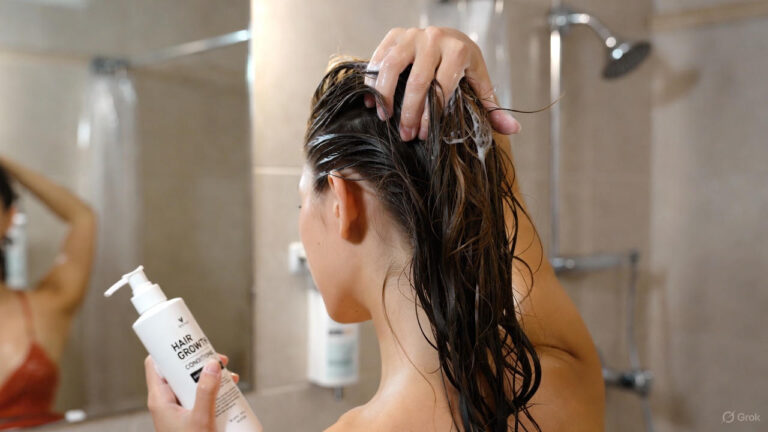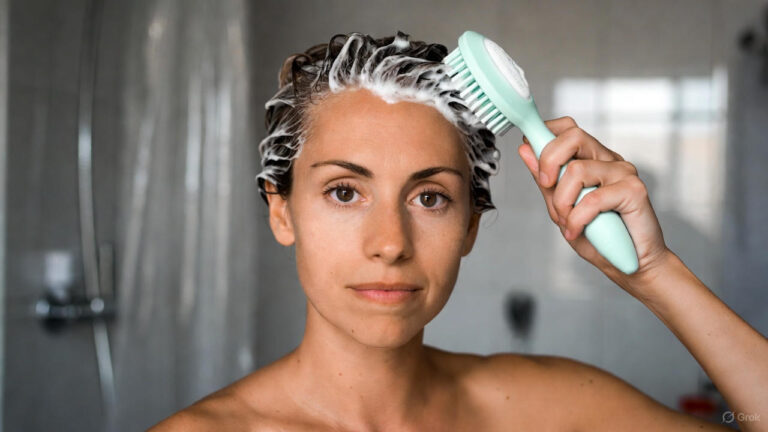Healthy hair starts with a clean and balanced scalp. Over time, products, oils, and environmental pollutants can accumulate, leading to buildup that hinders hair growth and causes various scalp issues. A scalp detox can rejuvenate your hair and promote a healthier environment for growth. This article explores effective methods for cleansing your scalp and maintaining optimal hair health.
Signs Your Scalp Needs a Detox
Recognizing when your scalp requires a detox is essential. Here are some common signs:
- Itchiness: Persistent itchiness can indicate irritation or buildup on the scalp.
- Dull Hair: Lackluster hair may signal an unhealthy scalp environment.
- Excess Oil: An oily scalp can lead to clogged pores and hinder hair growth.
- Flakiness: Visible flakes or dryness can suggest a need for cleansing.
If you notice any of these symptoms, it may be time to consider a scalp detox.
Benefits of Scalp Detox
A thorough scalp detox offers numerous benefits:
1. Removes Buildup
Detoxing helps eliminate product buildup, excess oil, and dead skin cells. This creates a cleaner environment for hair growth.
2. Promotes Circulation
Massaging the scalp during a detox stimulates blood circulation. Increased blood flow nourishes hair follicles, supporting growth.
3. Balances Oil Production
Regular detoxing helps regulate oil production, preventing an overly oily or dry scalp. A balanced scalp supports healthy hair growth.
4. Reduces Dandruff
A clean scalp can alleviate dandruff and flakiness. Detoxing removes the underlying causes, promoting a healthier scalp.
5. Enhances Hair Texture
After a detox, hair often feels softer and more manageable. Removing impurities improves overall hair texture.
Effective Scalp Detox Methods
Several methods can effectively detox your scalp. Here are some popular techniques:
1. Clarifying Shampoo
Using a clarifying shampoo is a straightforward way to remove buildup. These shampoos are designed to strip away impurities and product residue.
- How to Use: Apply the clarifying shampoo to wet hair. Massage it into the scalp, focusing on areas with buildup. Rinse thoroughly.
2. Apple Cider Vinegar Rinse
Apple cider vinegar (ACV) is a natural cleanser that balances the scalp’s pH.
- How to Use: Mix equal parts ACV and water. After shampooing, pour the mixture over your scalp. Let it sit for a few minutes, then rinse thoroughly.
3. Exfoliating Scrubs
Scalp scrubs help physically remove dead skin cells and buildup. They often contain natural exfoliants like sugar or salt.
- How to Use: Apply the scrub to a damp scalp. Gently massage in circular motions. Rinse well and follow with your regular shampoo.
4. Tea Tree Oil Treatment
Tea tree oil has antimicrobial properties that can help cleanse the scalp.
- How to Use: Mix a few drops of tea tree oil with a carrier oil (like coconut or jojoba oil). Massage the mixture into the scalp. Leave it on for 30 minutes before shampooing.
5. Aloe Vera Gel
Aloe vera is known for its soothing properties. It can help cleanse and hydrate the scalp.
- How to Use: Apply fresh aloe vera gel directly to the scalp. Leave it on for 30 minutes before rinsing with a mild shampoo.
How Often Should You Detox Your Scalp?
The frequency of scalp detoxing depends on your hair type and product usage. Generally, once a month is sufficient for most people. However, if you use heavy styling products or have an oily scalp, you may benefit from detoxing every two weeks. Listen to your scalp and adjust as needed.
Maintaining Scalp Health
After detoxing, maintaining scalp health is essential for ongoing benefits. Here are some tips:
- Use a Gentle Shampoo: Avoid harsh shampoos that strip natural oils. Opt for sulfate-free formulas that cleanse without causing damage.
- Moisturize: Keep your scalp hydrated with lightweight oils or leave-in conditioners.
- Limit Product Use: Reduce the number of products you apply to your hair to minimize buildup.
- Regular Scalp Massages: Massaging the scalp encourages circulation and promotes relaxation.
Conclusion
Detoxing your scalp is crucial for healthy hair growth. By removing buildup and maintaining a clean environment, you can support your hair’s health and appearance. Regular scalp detoxing, combined with proper care, will pave the way for vibrant, thriving hair.
Frequently Asked Questions (FAQs)
1. How long should I leave a scalp scrub on?
Typically, you should leave a scalp scrub on for about 5-10 minutes before rinsing it out. This allows enough time for the scrub to work effectively.
2. Can I detox my scalp at home?
Yes, many effective scalp detox methods can be performed at home, including using clarifying shampoos, ACV rinses, and scalp scrubs.
3. Is it necessary to use a clarifying shampoo?
While not always necessary, using a clarifying shampoo can be beneficial if you frequently use hair products or have an oily scalp. It helps remove buildup effectively.
4. How do I know if my scalp is healthy?
A healthy scalp typically feels clean, is free from excessive itchiness or flakes, and supports shiny, vibrant hair growth.
5. Can scalp detox help with dandruff?
Yes, detoxing can alleviate dandruff by removing the buildup and irritation that contribute to flakes. Regular cleansing helps maintain a healthy scalp environment.
6. Should I detox my scalp if I have colored hair?
If you have colored hair, be cautious with detoxing methods. Use gentle products and avoid harsh treatments to prevent color fading. Regular gentle cleansing should suffice.



